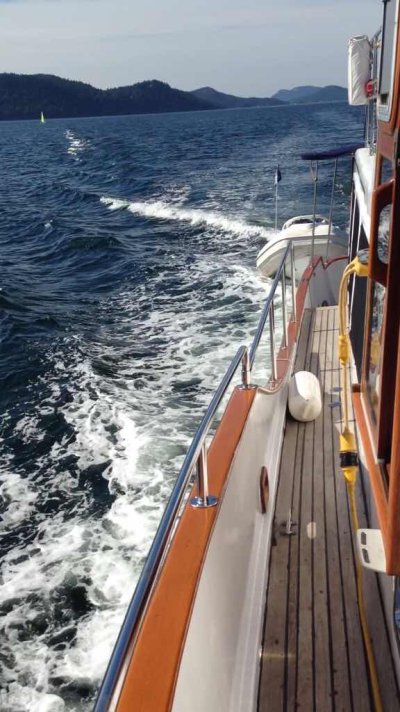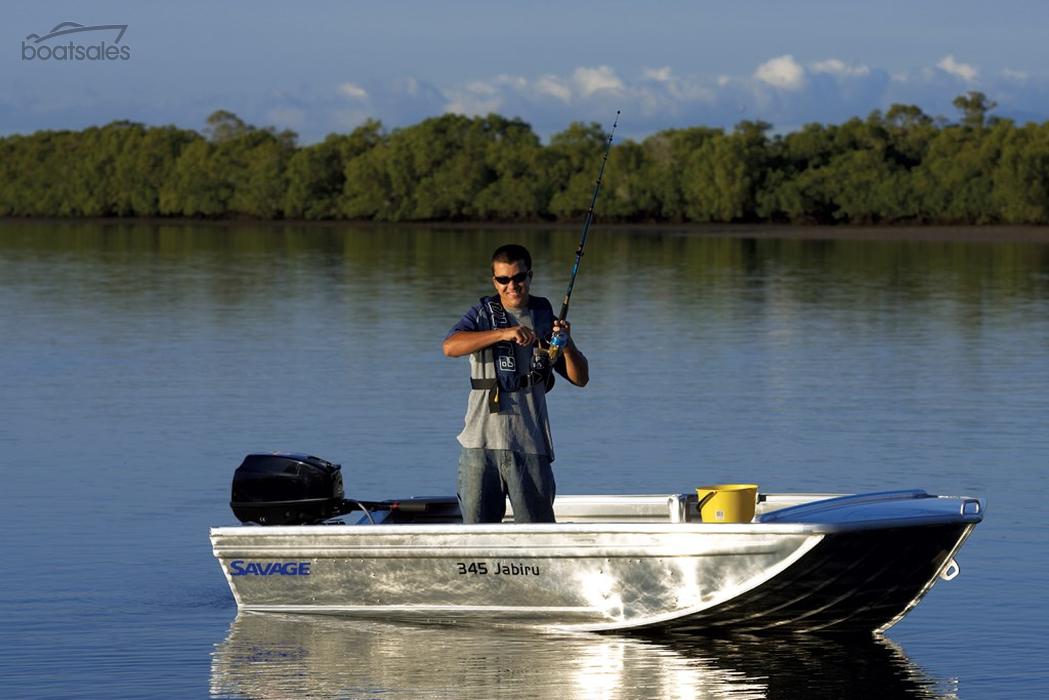bigpoppop
Veteran Member
We are traveling in the inside of SE Alaska in a Nordhavn 55. We've been towing our dinghy occasionally but the dinghy manual (nautica) says to only tow short distances without their "tow package" add-on. I presume that the ring on the dinghy that we connect to can give way- although we are only capable of doing 8 knots.
Anyone have any feedback on whether we should worry about this towing setup? Sure is easier than using the davit twice a day.
Many thanks
Anyone have any feedback on whether we should worry about this towing setup? Sure is easier than using the davit twice a day.
Many thanks


